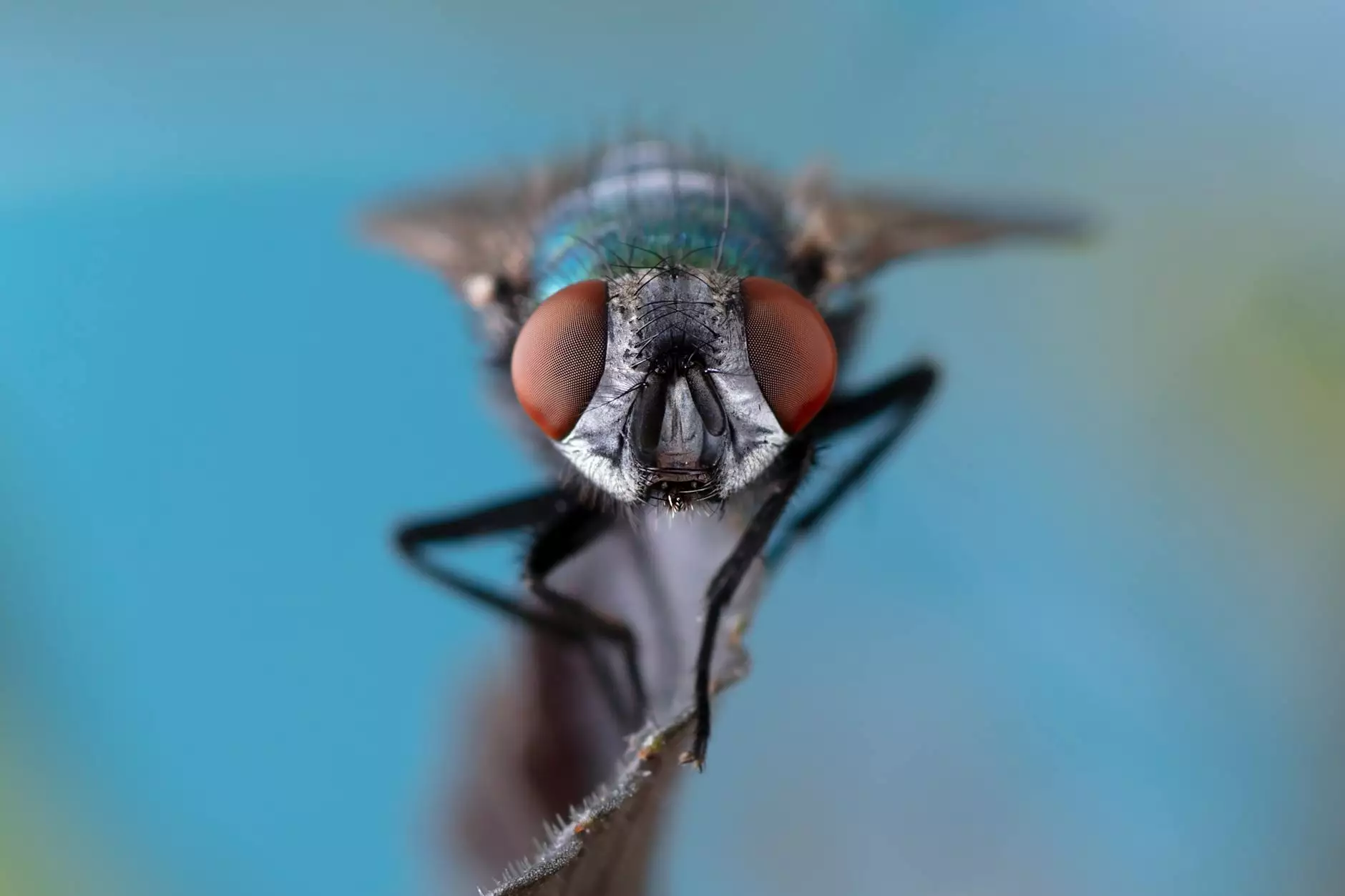Understanding Wheat Weevil Killers: Protecting Your Crops and Equipment

In the world of agriculture, protecting your crops is paramount to ensuring a successful yield. Among the various pests that threaten grain storage, the wheat weevil stands out as a significant concern for farmers and grain handlers alike. This article delves into everything you need to know about wheat weevil killers, including their impact on the farming industry, effective control measures, and how you can safeguard your grain and farming equipment from these destructive pests.
The Wheat Weevil: A Closer Look
The wheat weevil (Sitophilus granarius) is a small beetle, typically brown in color, that primarily targets stored grains. A single female can lay up to hundreds of eggs, which pose a serious threat to grain storage facilities. Upon hatching, the larvae burrow into the grain, leading to significant loss of crop productivity and quality. Given their propensity for destruction, understanding how to effectively eliminate them is crucial for anyone in the farming industry.
Why Wheat Weevils are a Problem for Farmers
- Spread of Infestation: Wheat weevils can migrate from one storage location to another, leading to rapid infestations throughout a facility.
- Quality Degradation: Infested grains lose their nutritional value and are often unfit for human consumption.
- Financial Loss: Damage caused by wheat weevils can translate to significant financial losses for farmers due to decreased yield and the cost of pest control measures.
Recognizing the Signs of Infestation
To effectively combat wheat weevils, one must be vigilant in recognizing the telltale signs of an infestation:
- Holes in Grains: Look for tiny holes in grains where adults have exited.
- Powdery Residue: Fine, powdery frass (insect waste) around grains is a clear indicator of weevil activity.
- Adult Presence: Seeing live weevils crawling in or around stored grains is a strong sign of an infestation.
Effective Wheat Weevil Killers
When it comes to eradicating wheat weevils, several strategies and products can serve as effective wheat weevil killers. Below are some of the most successful options:
Chemical Solutions
Chemical insecticides are one of the most common methods used to control wheat weevils. Here are a few considered highly effective:
- Pyrethroids: These synthetic chemicals disrupt the nervous system of the weevil, leading to efficient eradication.
- Insect Growth Regulators (IGRs): They inhibit the development of weevil larvae, preventing them from maturing into adult pests.
Natural Remedies
For those who prefer organic solutions, several natural methods can be employed:
- Diatomaceous Earth: This non-toxic powder disrupts the exoskeleton of the weevils, leading to dehydration and death.
- Essential Oils: Oils such as peppermint and clove have been shown to repel weevils and can be used as natural deterrents.
Physical Barriers and Practices
Implementing physical barriers alongside effective cleaning practices can significantly control the presence of wheat weevils:
- Sealing Storage Containers: Ensuring that grain storage containers are airtight can prevent weevils from entering.
- Regular Inspection: Conducting routine inspections of grain storage areas can help catch infestations early.
Preventative Measures Against Wheat Weevils
The best defense against wheat weevil infestations is a robust prevention strategy. Here are some methods to consider:
Proper Grain Storage Techniques
- Maintain Optimal Temperature: Wheat weevils thrive in warm environments; keeping grains in cooler conditions can deter them.
- Control Humidity: High moisture levels in stored grains can attract pests; ensure grains are adequately dried before storage.
Regular Maintenance and Cleaning
Cleaning storage areas regularly can eliminate pests and prevent infestations:
- Empty Storage Units: Periodically remove grains from storage and clean the area to eliminate potential hiding spots for weevils.
- Use Vacuuming: Vacuuming storage units can effectively remove insects and their eggs.
The Role of Technology in Pest Control
In recent years, technology has also begun to play a vital role in pest control practices. Some of these innovative methods include:
- Automated Monitoring Systems: Sensors can detect environmental conditions that are conducive to pest growth.
- AI-Powered Solutions: Advanced algorithms can analyze infestation patterns and recommend targeted control measures.
Conclusion: Safeguarding Your Crops with Effective Wheat Weevil Killers
In conclusion, the threats posed by wheat weevils are significant, but with the right knowledge and tools, farmers and grain handlers can effectively manage and eliminate these pests. By understanding the characteristics of wheat weevils, recognizing signs of infestation, and implementing proven control measures, you can protect your crops and farming equipment. Remember, a proactive approach is key to ensuring healthy crops and safeguarding your investments in the agricultural industry.
For more information on wheat weevil killers and other pest control solutions, be sure to visit tsgcinc.com. Equip yourself with the right tools to ensure your farming practices are not hindered by pests.









